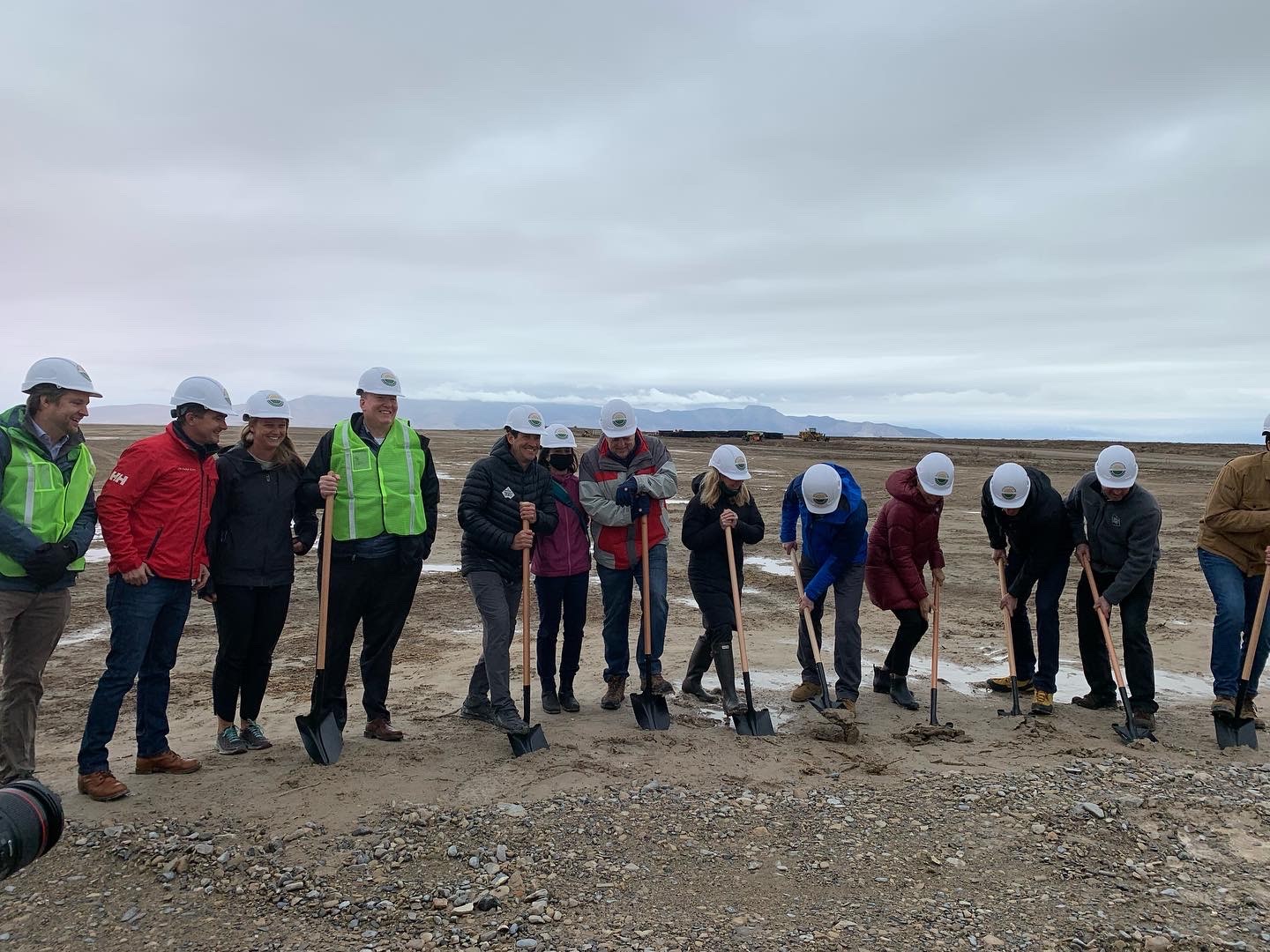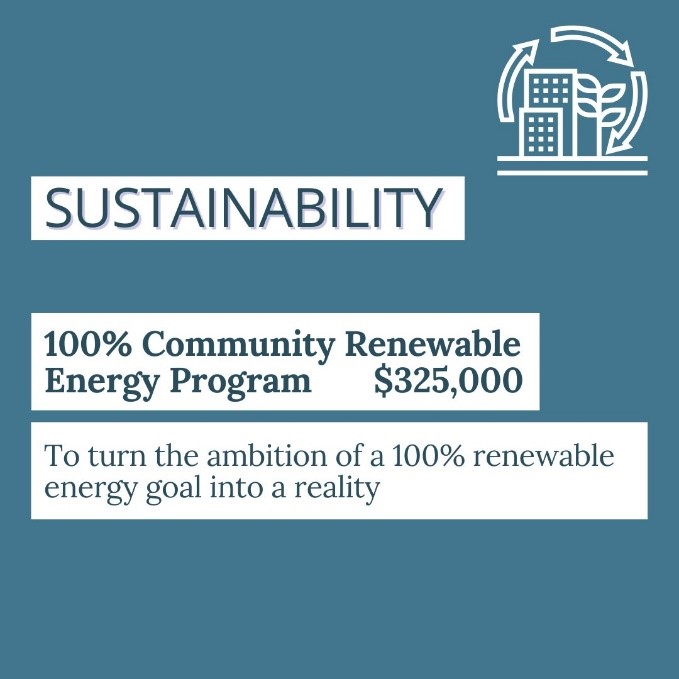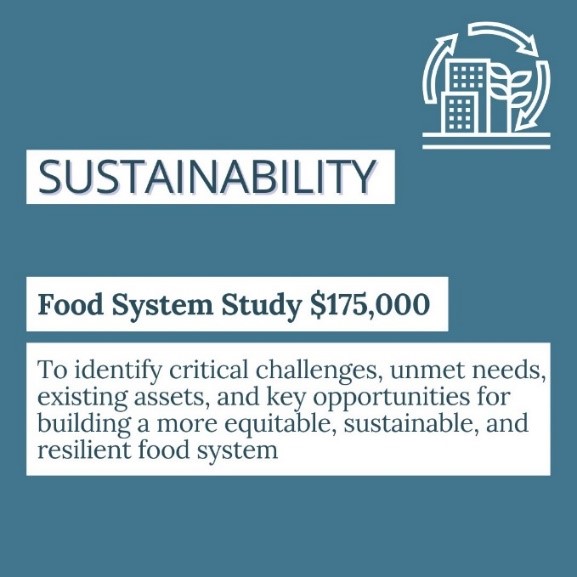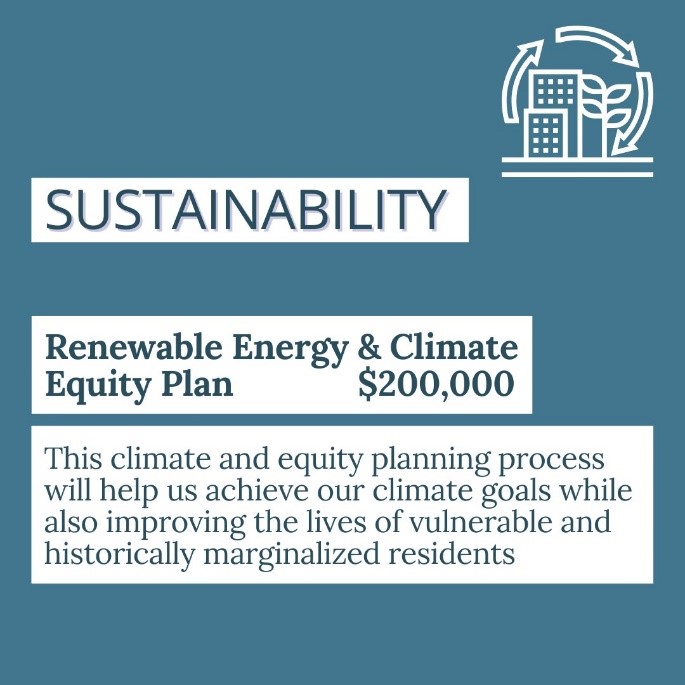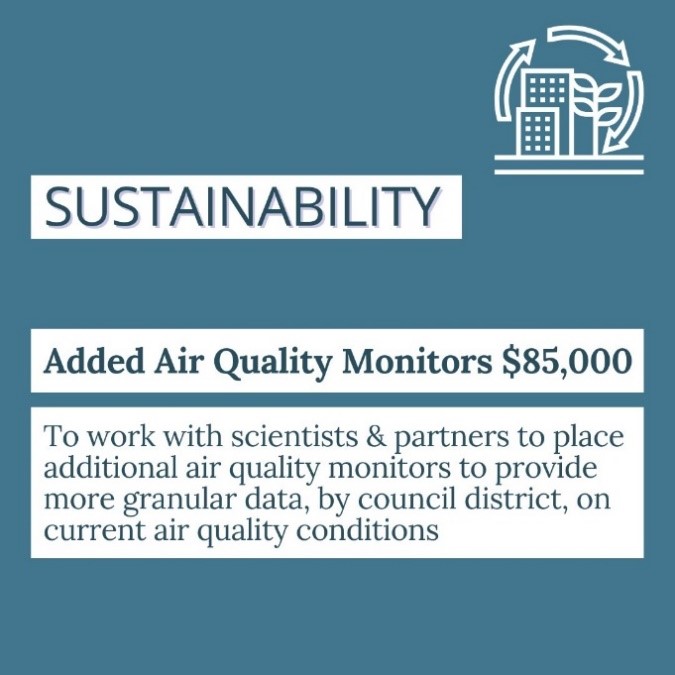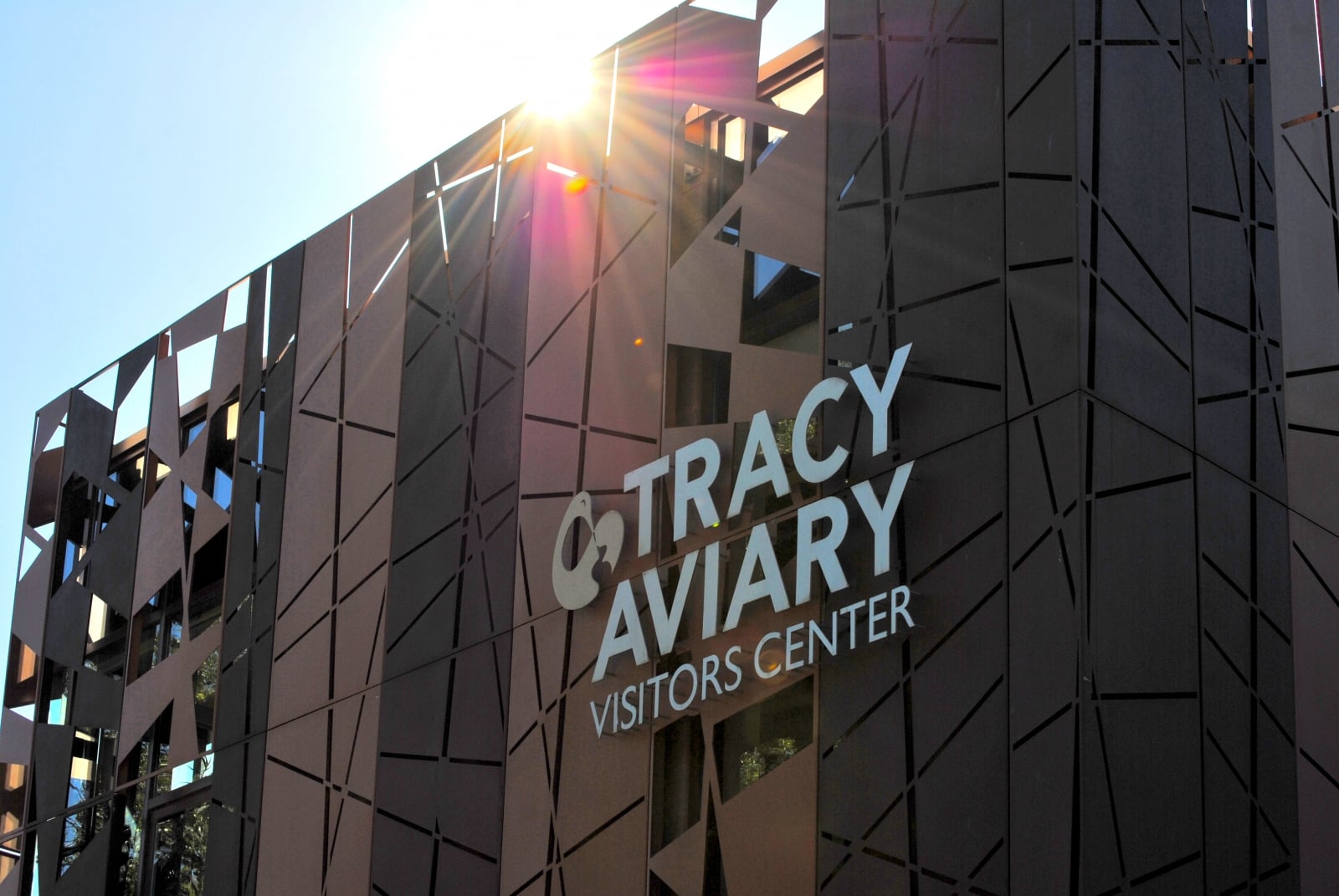Happy New Year!
How is it already mid-January already?! We’ve been busy here the last two weeks on projects for the new year which we’re excited to share with you.
Before that, we’re taking some time to reflect on 2021 and all of the work we accomplished with your support. It’s also an important time to take stock; learn from the experiences we had in 2021; and continue to improve our programs, services, and operations.
Every January, we release a Year in Review with our high-level accomplishments as well as priorities for the year ahead. Below are a few highlights. Make sure to check out the full document for more!
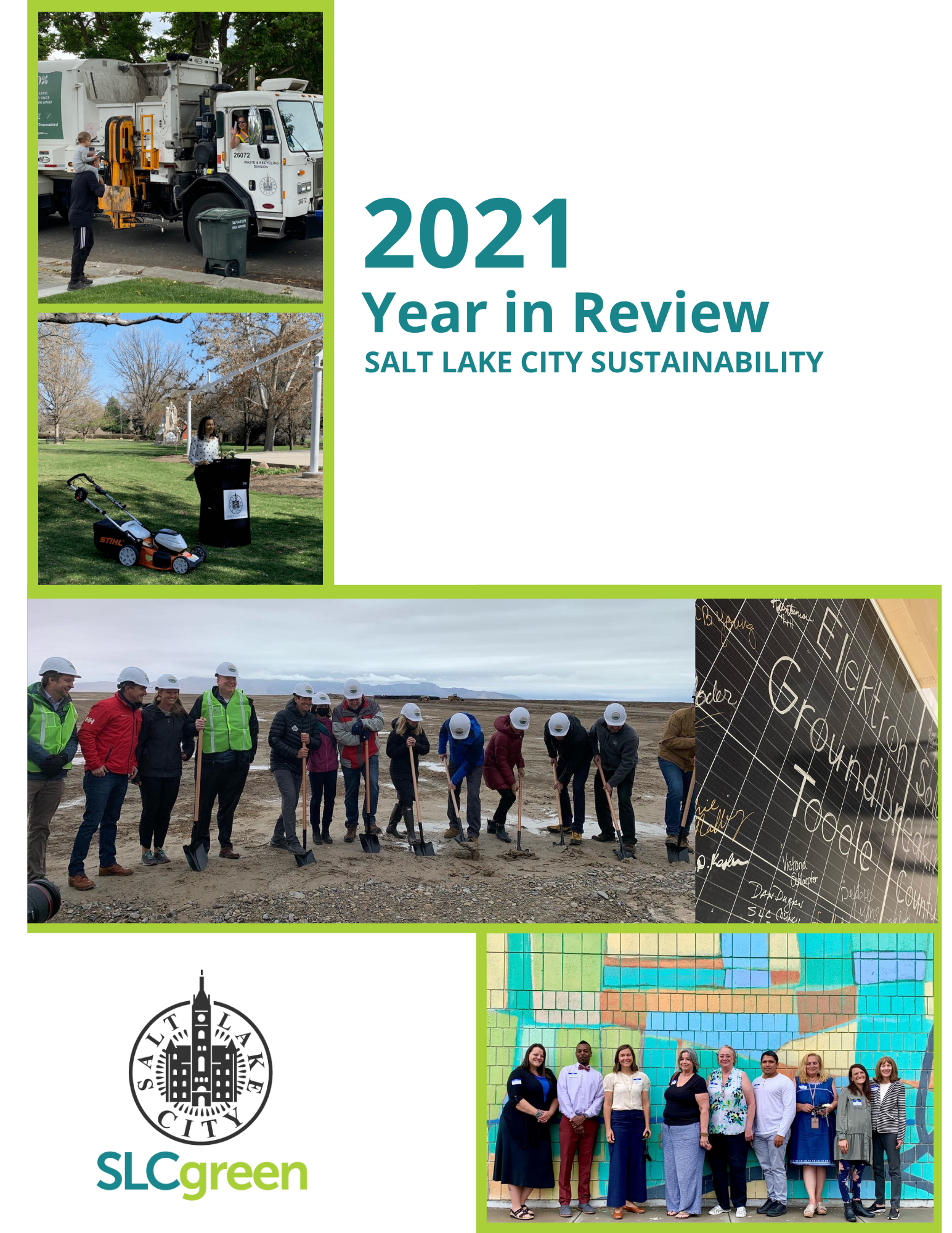
Saying Goodbye to Team Members and Welcoming New Ones
In 2021, SLCgreen certainly felt the impacts of the “Great Resignation.” We said goodbye to Food & Equity Manager Supreet Gill and welcomed Brian Emerson. In the spring, we parted with the founding director of our Sustainability program, Vicki Bennett, who led our team for 20 years and is also recognized around the country as a leader on these issues.
With Vicki’s retirement, Debbie Lyons stepped up to be Sustainability Director and Sophia Nicholas moved from Communications Manager to the Deputy Director role. We also toasted Shannon Williams, Special Projects Assistant, who moved on to an exciting new role in a new state; while welcoming Bimini Horstmann who hails from Boston (with a stop over at Davidson College) and has a passion for rock climbing and environmental science. And, for the first time, we have a dedicated air quality manager position, filled by Catherine Wyffels who joined our team in the summer. She has brought a wealth of insight and expertise to our department. (See blog).
It didn’t stop there! We gave Gregg Evans, our Financial Manager, to the Public Lands Department (luckily he didn’t go far) but were thrilled to welcome Angie Nielsen to our team in the critical accounting role for our department. Finally, December closed out with Max Barnewitz– the “voice” behind the SLCgreenblog and so many of our outreach functions– moving on to an exciting position with Art Access.
We are proud of how our staff, both seasoned and new, integrated into a cohesive and energetic team tackling a variety of projects this past year.
At the beginning of 2021, the deep connections between equity, resiliency, and climate action were clearer than ever due to 2020’s challenges. It set an important focus for our work last year:
Air Quality, Energy Efficiency, & Electrification
Even with more people than ever working from home in 2021, wildfire and inversion seasons still occur. We developed many new programs and engaged with the public to address these issues from an equitable as well as a scientific lens. Additionally, SLCgreen continued strong efforts to move city departments towards electrification and improve energy efficiency. Some notable achievements in the air quality, energy efficiency, and electrification realms include:
Continue reading

